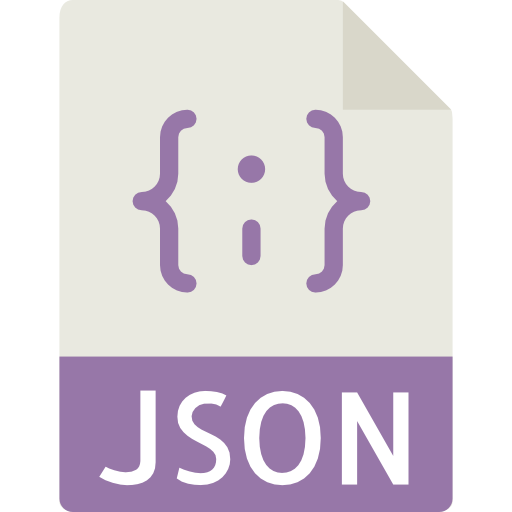Summarize this article with:



Building your pipeline or Using Airbyte
Airbyte is the only open source solution empowering data teams to meet all their growing custom business demands in the new AI era.

- Inconsistent and inaccurate data
- Laborious and expensive
- Brittle and inflexible

- Reliable and accurate
- Extensible and scalable for all your needs
- Deployed and governed your way
Start syncing with Airbyte in 3 easy steps within 10 minutes
Take a virtual tour
Demo video of Airbyte Cloud
Demo video of AI Connector Builder
Setup Complexities simplified!
Simple & Easy to use Interface
Airbyte is built to get out of your way. Our clean, modern interface walks you through setup, so you can go from zero to sync in minutes—without deep technical expertise.
Guided Tour: Assisting you in building connections
Whether you’re setting up your first connection or managing complex syncs, Airbyte’s UI and documentation help you move with confidence. No guesswork. Just clarity.
Airbyte AI Assistant that will act as your sidekick in building your data pipelines in Minutes
Airbyte’s built-in assistant helps you choose sources, set destinations, and configure syncs quickly. It’s like having a data engineer on call—without the overhead.
What sets Airbyte Apart
Modern GenAI Workflows
Move Large Volumes, Fast
An Extensible Open-Source Standard
Full Control & Security
Fully Featured & Integrated
Enterprise Support with SLAs
What our users say

Andre Exner

"For TUI Musement, Airbyte cut development time in half and enabled dynamic customer experiences."

Chase Zieman

“Airbyte helped us accelerate our progress by years, compared to our competitors. We don’t need to worry about connectors and focus on creating value for our users instead of building infrastructure. That’s priceless. The time and energy saved allows us to disrupt and grow faster.”

Rupak Patel

"With Airbyte, we could just push a few buttons, allow API access, and bring all the data into Google BigQuery. By blending all the different marketing data sources, we can gain valuable insights."
To begin, you need to access Chargebee's API. Log in to your Chargebee account and navigate to the "API Keys" section under "Settings". Generate a new API key that you will use to authenticate your API requests. Make sure to store this key securely as it will allow you to access your Chargebee data.
Determine which data you need to export from Chargebee. Common data types include customer information, subscriptions, invoices, and transactions. Familiarize yourself with Chargebee's API documentation to understand the endpoints and data structures associated with these data types.
Create a script using a programming language such as Python, JavaScript (Node.js), or Ruby to interact with the Chargebee API. Use the `requests` library in Python or equivalent in other languages to make GET requests to the Chargebee API endpoints you identified. Authenticate each request using the API key you generated.
Once you receive the data from Chargebee's API, parse the JSON response. Most programming languages provide built-in libraries to handle JSON data. For example, in Python, you can use the `json` module to parse JSON strings into Python dictionaries.
Depending on your requirements, you may need to transform or filter the data before saving it. This could involve selecting specific fields, renaming fields, or aggregating data. Use the data manipulation capabilities of your chosen programming language to perform these operations.
After preparing the data, write it to a local JSON file. In Python, you can use the `json.dump()` method to write a dictionary to a JSON file. Ensure you specify the correct file path and handle any file I/O exceptions that may occur during the process.
To regularly update your local JSON file with new data from Chargebee, consider automating this script. You can schedule it using a cron job on Unix-based systems or Task Scheduler on Windows to run at regular intervals, ensuring your data stays up-to-date without manual intervention.
By following these steps, you can efficiently transfer data from Chargebee to a local JSON file, maintaining full control over the process without relying on third-party connectors or integrations.
FAQs
What is ETL?

ETL, an acronym for Extract, Transform, Load, is a vital data integration process. It involves extracting data from diverse sources, transforming it into a usable format, and loading it into a database, data warehouse or data lake. This process enables meaningful data analysis, enhancing business intelligence.

Chargebee offers subscription and recurring billing system for subscription-based SaaS and eCommerce businesses. It is built with a focus on delivering the best experience to provide a seamless and flexible recurring billing experience to customers and manage customer subscriptions. With the subscription businesses expanding worldwide, eachrecurring revenue business needs more options and flexibility to manage varied billing use-cases.


What is ELT?

ELT, standing for Extract, Load, Transform, is a modern take on the traditional ETL data integration process. In ELT, data is first extracted from various sources, loaded directly into a data warehouse, and then transformed. This approach enhances data processing speed, analytical flexibility and autonomy.
Difference between ETL and ELT?

ETL and ELT are critical data integration strategies with key differences. ETL (Extract, Transform, Load) transforms data before loading, ideal for structured data. In contrast, ELT (Extract, Load, Transform) loads data before transformation, perfect for processing large, diverse data sets in modern data warehouses. ELT is becoming the new standard as it offers a lot more flexibility and autonomy to data analysts.
What should you do next?
Hope you enjoyed the reading. Here are the 3 ways we can help you in your data journey:













